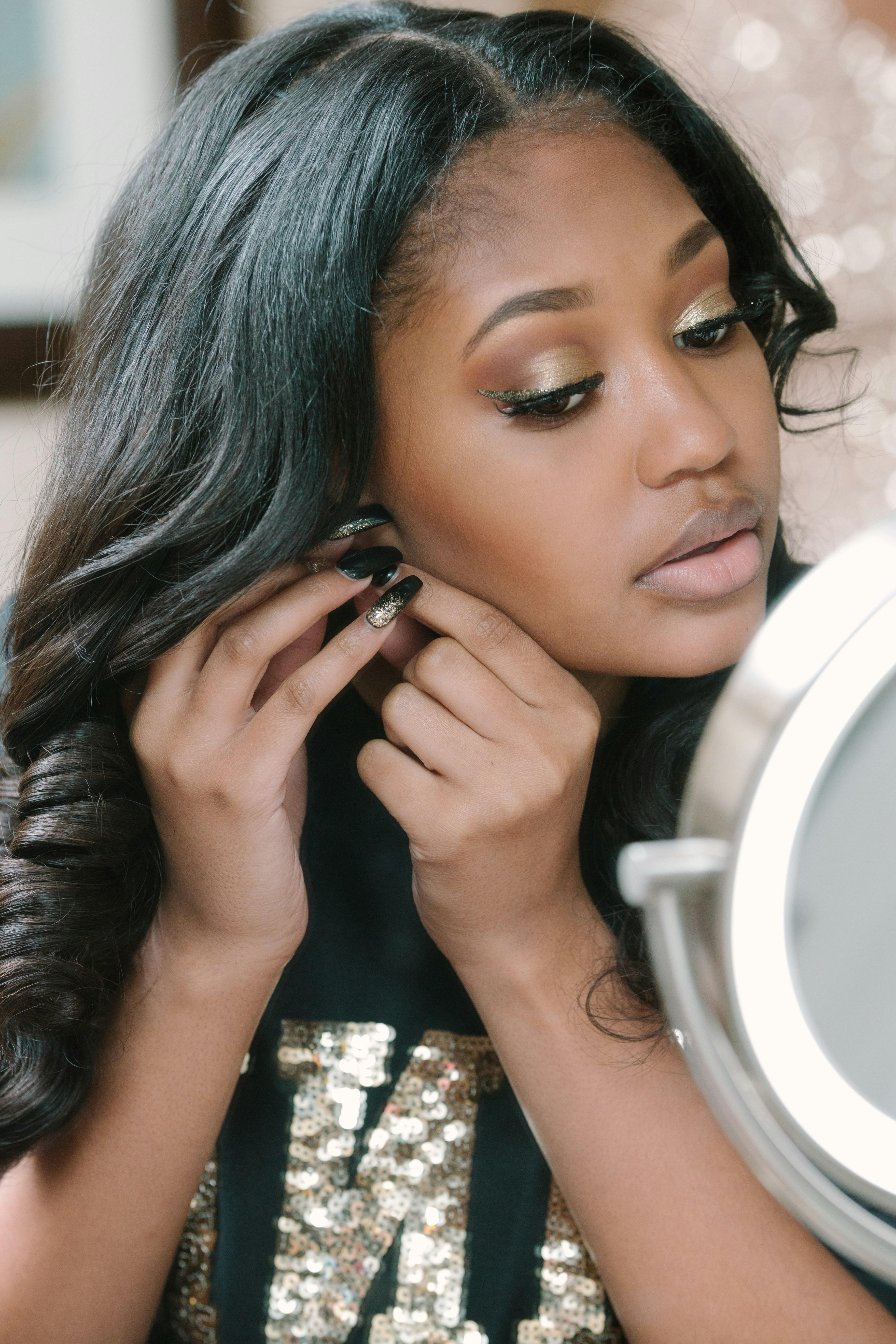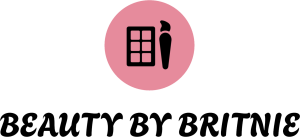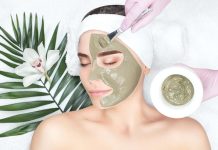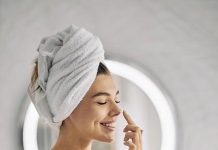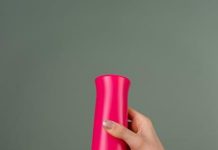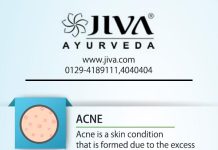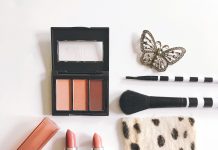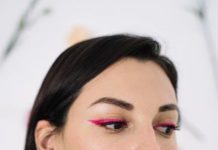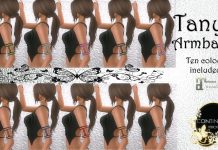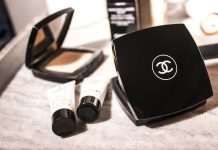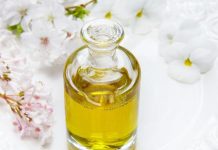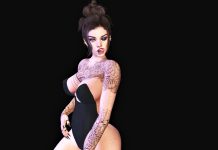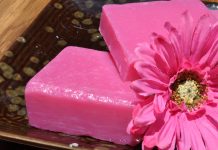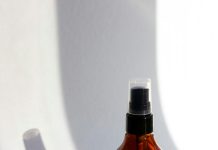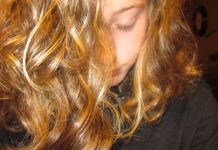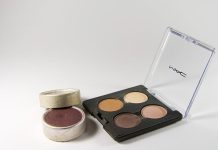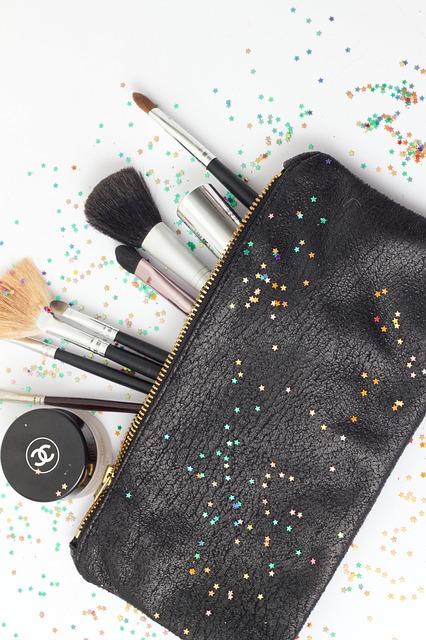In the vibrant world of makeup, where palettes are as diverse as the faces they adorn, a colorful debate emerges: should tutorials focus on specific skin tones or embrace inclusivity for all? As beauty enthusiasts scroll through countless videos, seeking the perfect contour or a flawless finish, the question of representation looms large. This article delves into the heart of the beauty community’s ongoing discussion, exploring whether niche expertise trumps universal appeal or if a harmonious balance can be struck. Join us as we navigate this kaleidoscope of perspectives, blending artistry with identity in the quest for beauty that resonates with everyone.
Understanding the Diverse Landscape of Skin Tones
The world of skin tones is beautifully varied, with shades ranging from the palest ivory to the deepest ebony. This diversity is not just a matter of aesthetics but also a reflection of different cultural backgrounds and ethnicities. Recognizing this spectrum is crucial in the realm of makeup, where the right product can enhance natural beauty or provide a transformative experience. Makeup brands have made strides in expanding their shade ranges, yet the challenge remains in crafting tutorials that address this vast array of tones. This requires a nuanced understanding of undertones, texture, and how different products interact with various complexions.
- Undertones: Cool, warm, and neutral undertones can drastically change how colors appear on the skin.
- Texture: Different skin types, from oily to dry, interact uniquely with makeup, affecting the final look.
- Product Interaction: Foundation, concealer, and other products must be tested across skin tones to ensure they perform consistently.
For makeup tutorials to be truly inclusive, they must consider these elements, offering tailored advice while celebrating the unique beauty of every skin tone. This doesn’t mean creating a one-size-fits-all approach but rather curating content that acknowledges and respects individual differences. By doing so, tutorials can empower everyone to embrace their natural beauty and experiment with creativity, fostering a more inclusive beauty community.
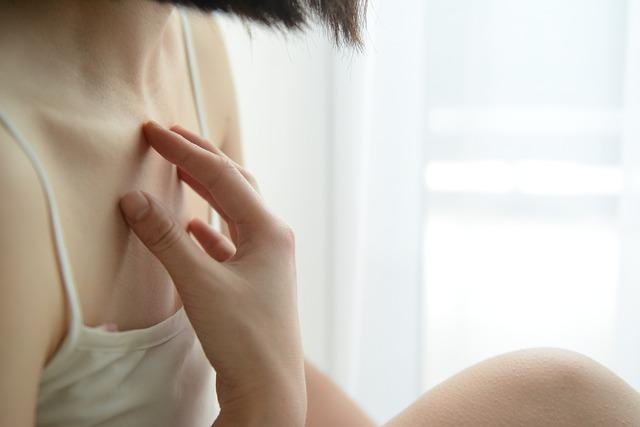
Balancing Inclusivity with Personalization in Makeup Tutorials
In the vibrant world of makeup tutorials, striking a balance between inclusivity and personalization is essential. Personalized tutorials offer detailed guidance tailored to specific skin tones, enhancing individual beauty and providing users with precise product recommendations. This approach allows for a deeper connection with the audience, as viewers feel seen and understood in their unique skin journeys.
On the other hand, inclusive tutorials aim to embrace a diverse audience by showcasing a variety of skin tones and types within a single video. This method fosters a sense of community and belonging, ensuring that no one feels left out. Some strategies to achieve this include:
- Featuring models with diverse skin tones
- Offering alternative product suggestions for different skin types
- Highlighting universal techniques that work across a spectrum of complexions
Ultimately, the choice between these approaches depends on the creator’s goals and audience needs, but a thoughtful combination can lead to a more enriching experience for all viewers.
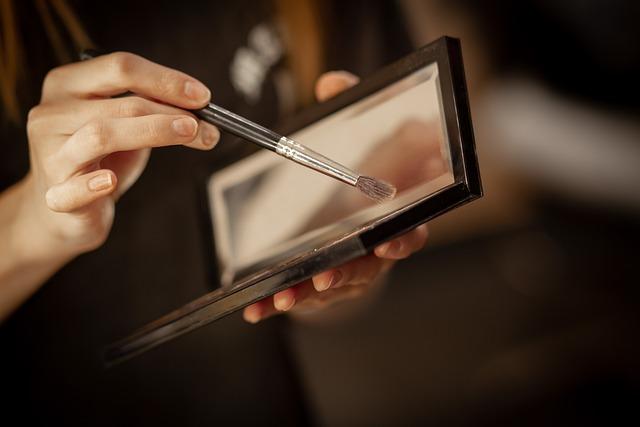
The Role of Representation in Beauty Education
Representation in beauty education plays a crucial role in shaping how makeup tutorials are crafted and perceived. When tutorials cater exclusively to specific skin tones, they can provide a more tailored and effective learning experience for individuals within those groups. This approach can lead to a deeper understanding of the nuances of makeup application, such as finding the perfect foundation match or mastering techniques that enhance natural features. However, this can also inadvertently exclude those who don’t fit within the narrowly defined parameters, potentially alienating diverse audiences.
On the other hand, an inclusive approach aims to embrace all skin tones, fostering a sense of community and accessibility. By doing so, beauty educators can emphasize universal techniques while also highlighting unique considerations for different complexions. This method can encourage a broader audience to engage with the content and feel represented. Key benefits of inclusivity in beauty education include:
- Encouraging diversity and acceptance within the beauty community.
- Providing a platform for underrepresented voices and styles.
- Creating a more comprehensive educational resource for all users.
Balancing specificity and inclusivity is essential for beauty educators, ensuring that everyone feels seen and valued in the makeup world.
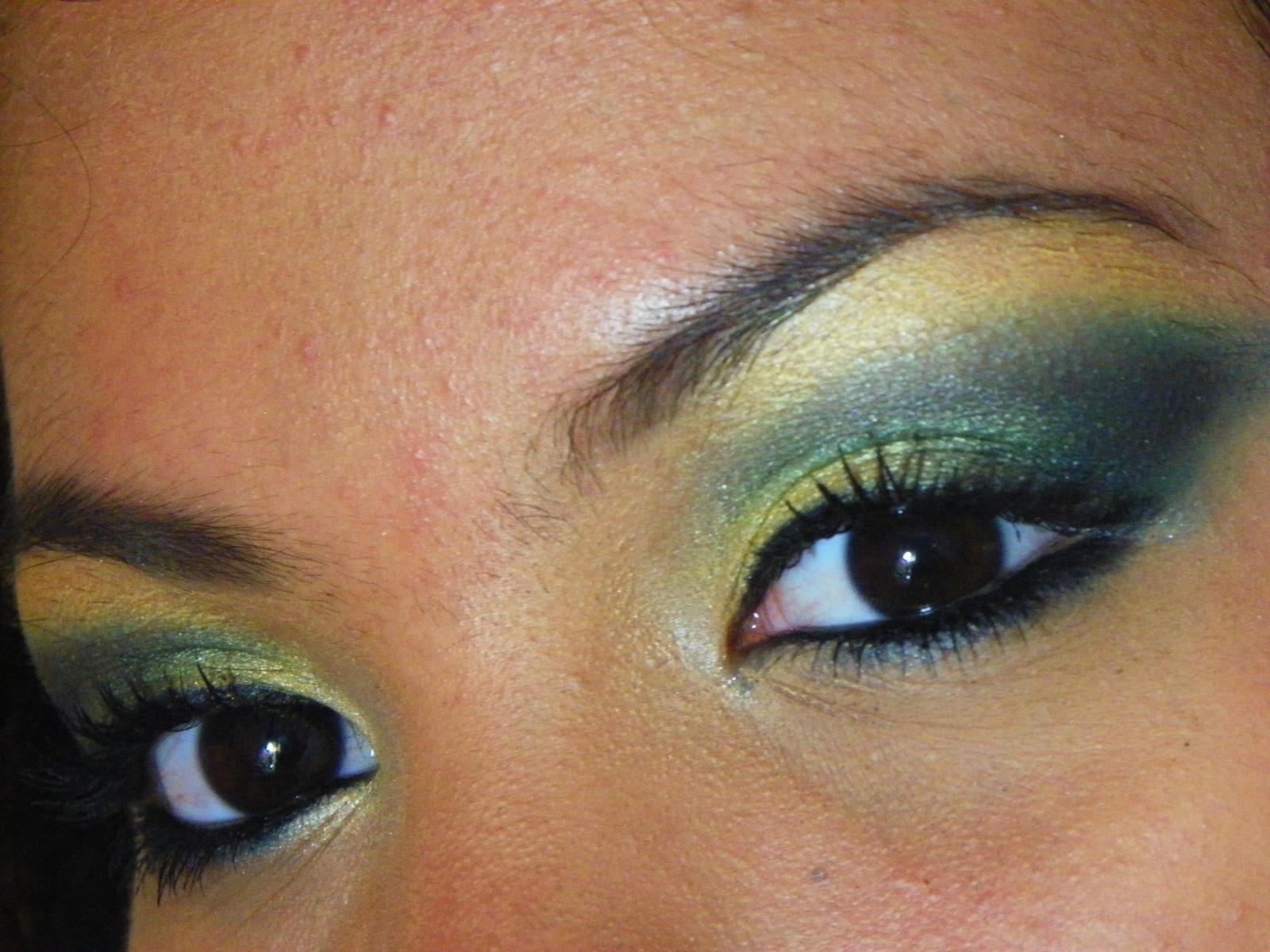
Recommendations for Creating Inclusive yet Tailored Content
Crafting makeup tutorials that are both inclusive and tailored requires a delicate balance. To achieve this, consider the following strategies:
- Segment Your Audience: Create content that acknowledges different skin tones, offering tailored advice for specific groups. This could involve separate tutorials or sections within a single tutorial.
- Use Diverse Models: Incorporate models with varied skin tones to demonstrate how products work on different complexions, fostering inclusivity while providing specific guidance.
- Offer Product Alternatives: Recommend a range of products suited for various skin tones, ensuring viewers find options that resonate with their unique needs.
By weaving these elements into your content, you can deliver tutorials that respect individual needs while embracing a broader audience, striking a harmonious balance between specificity and inclusivity.
